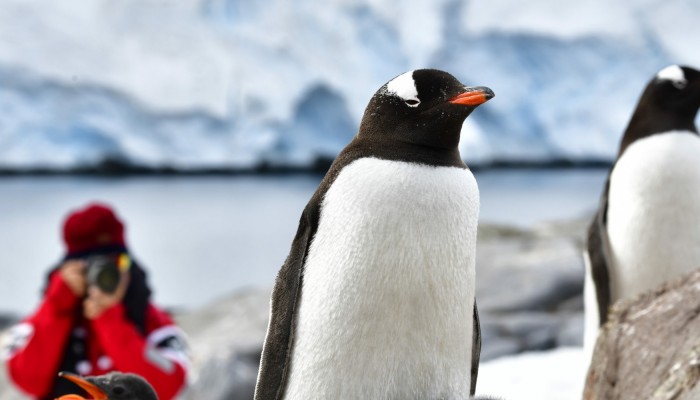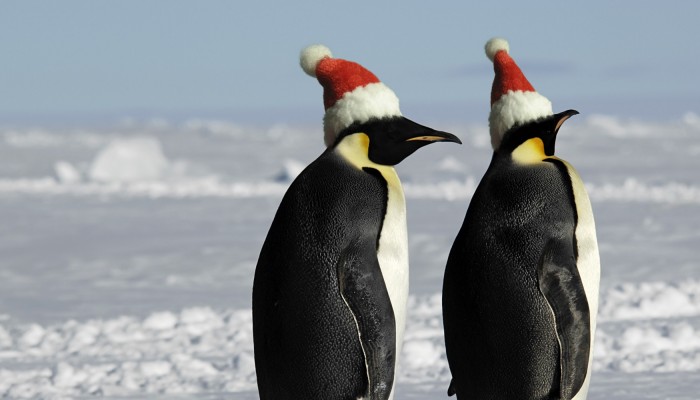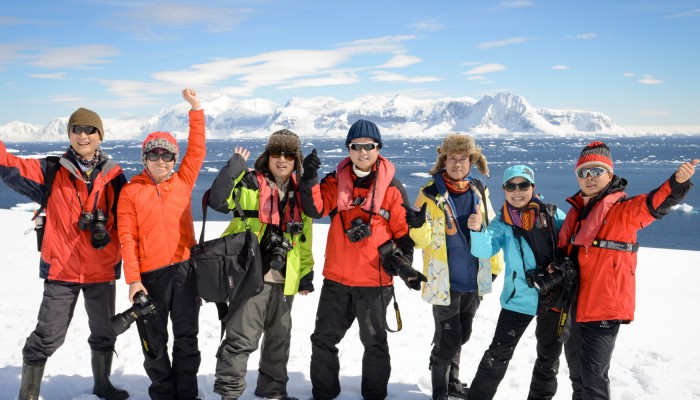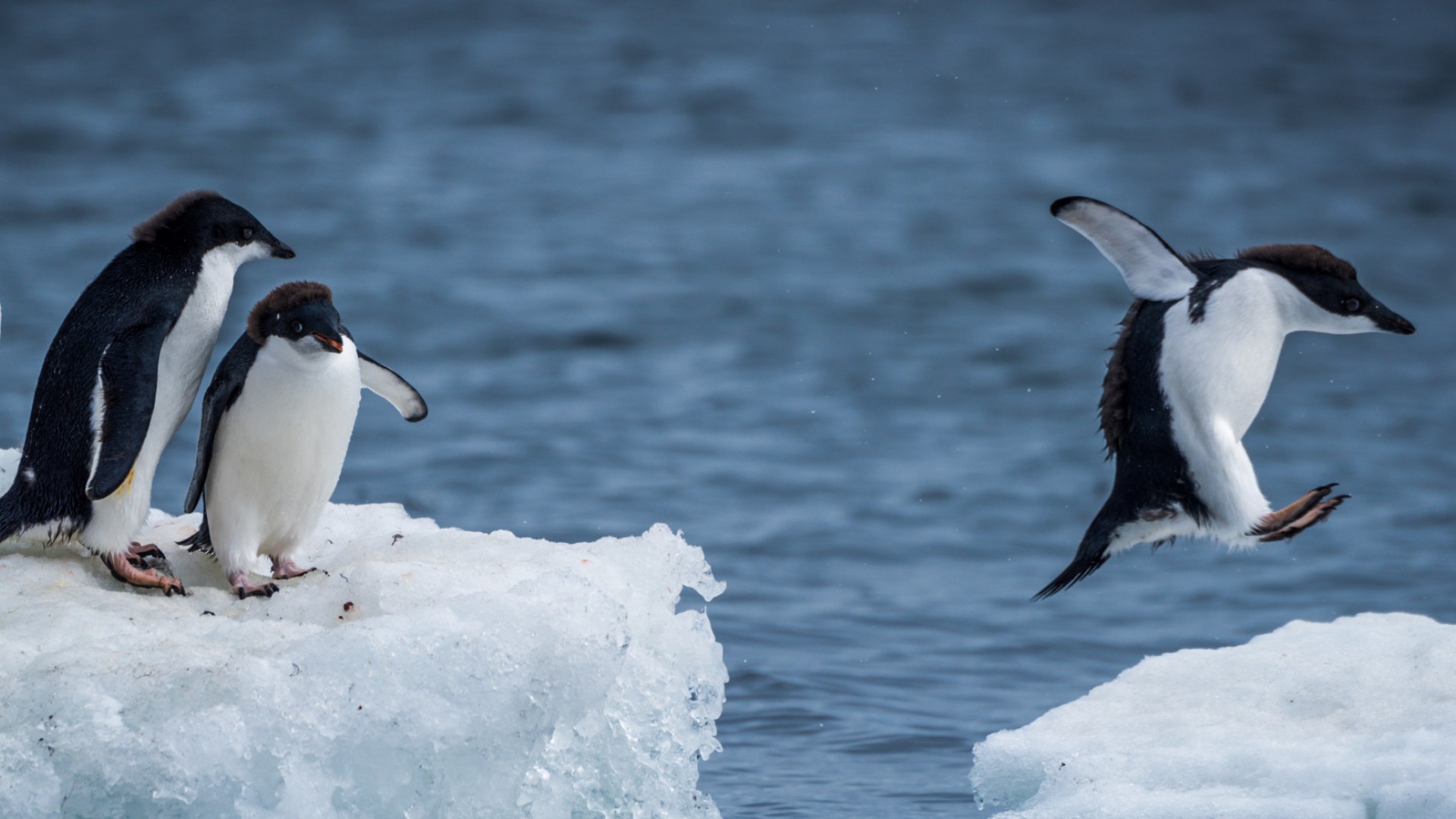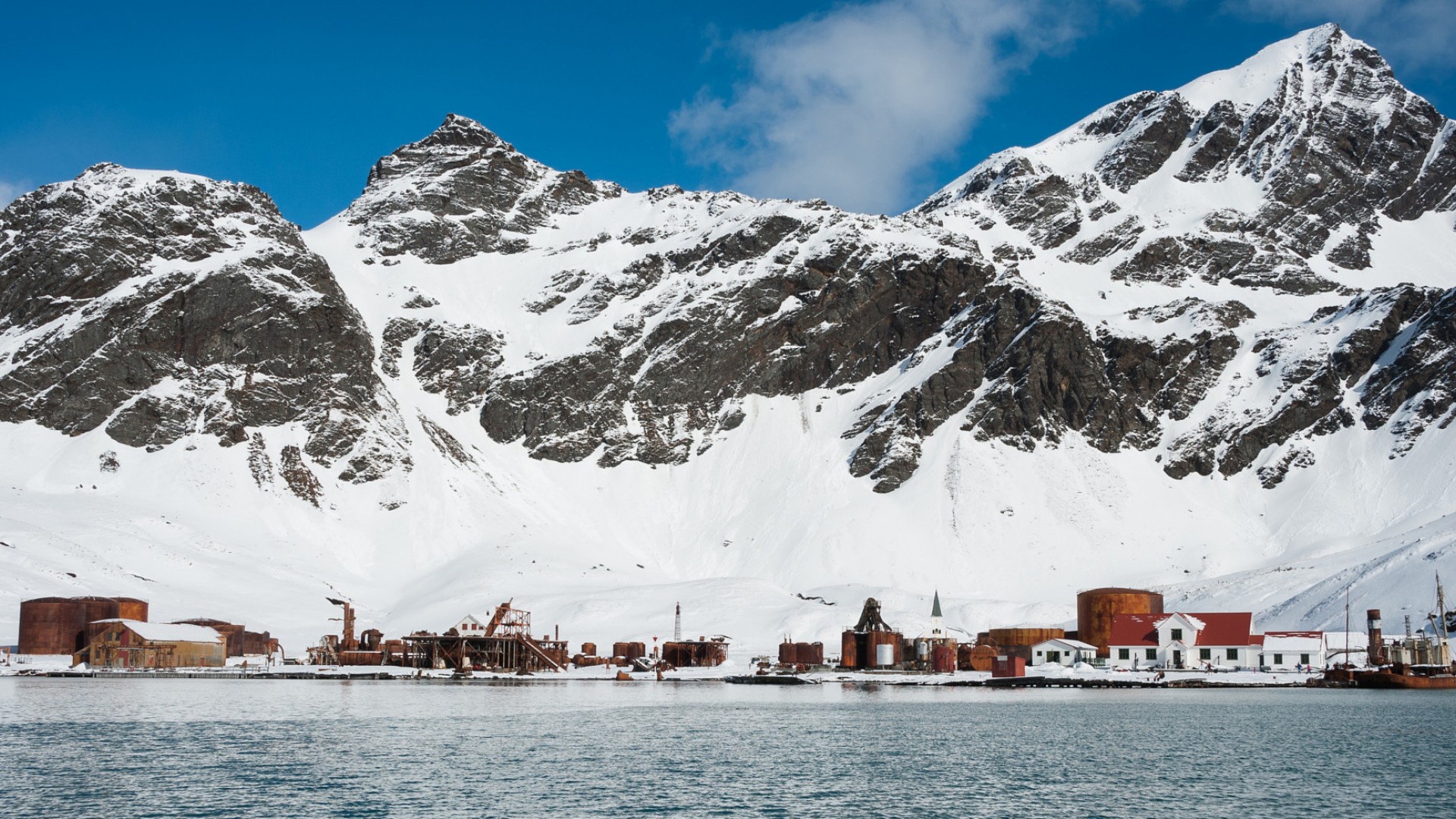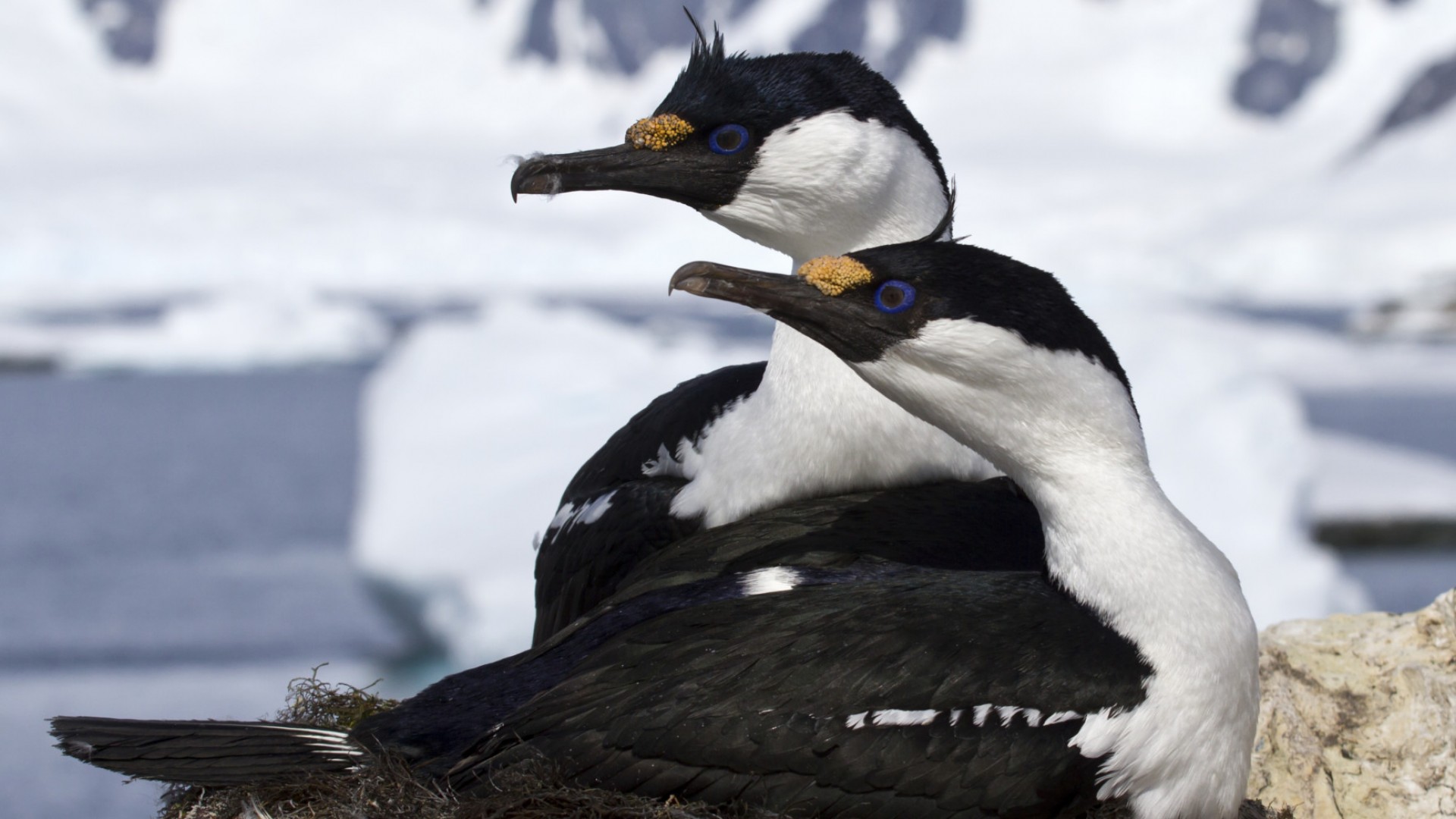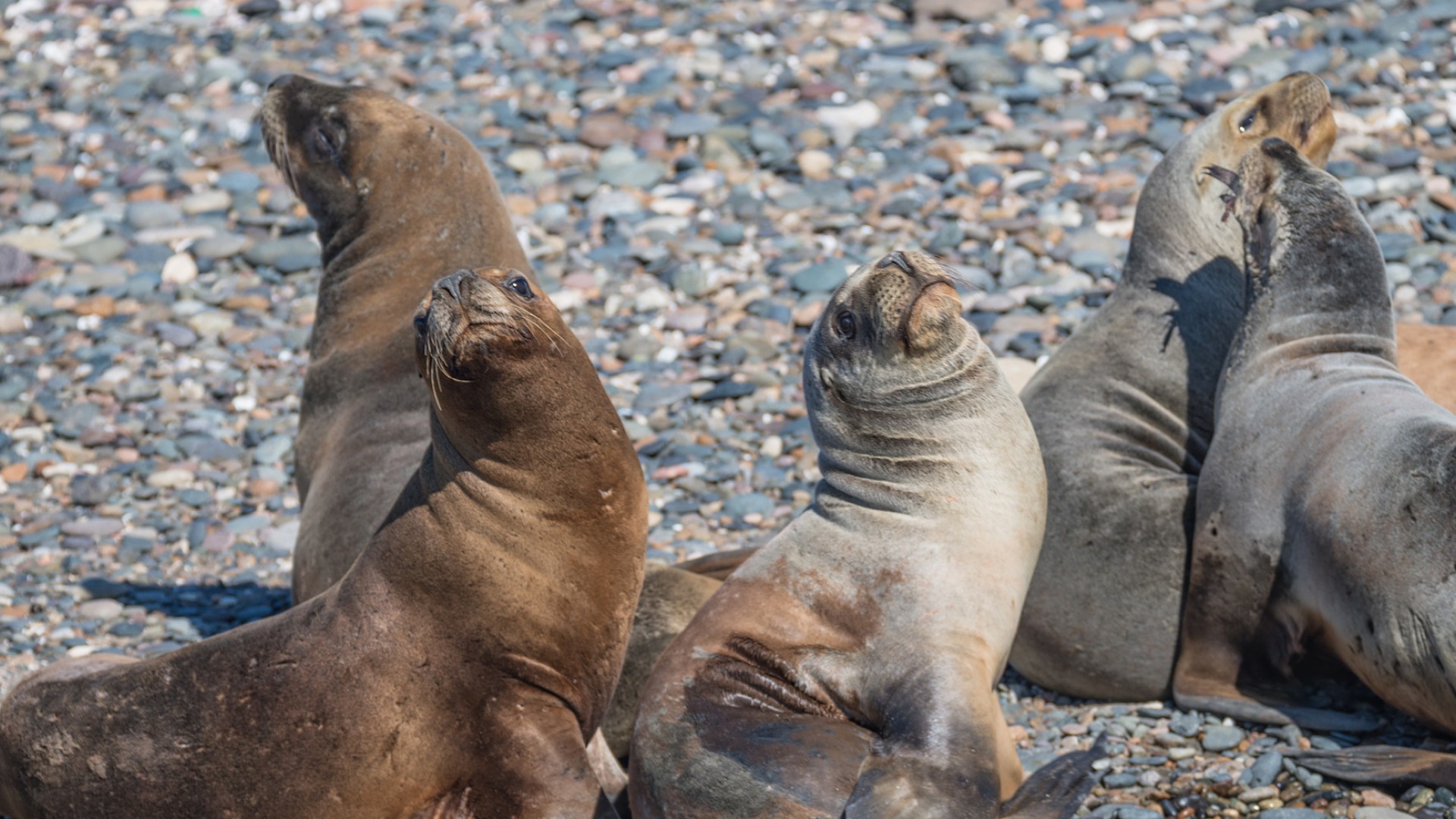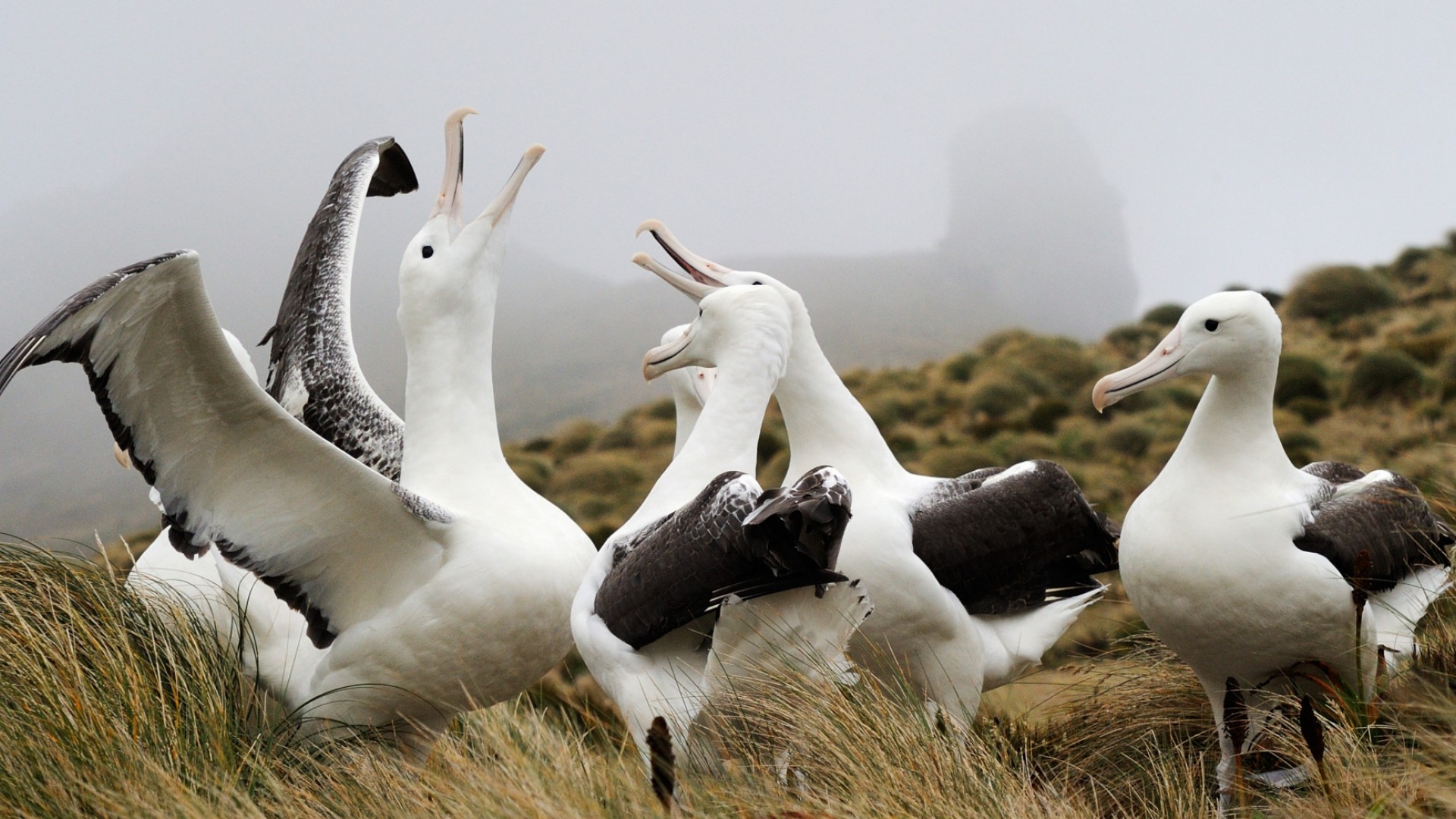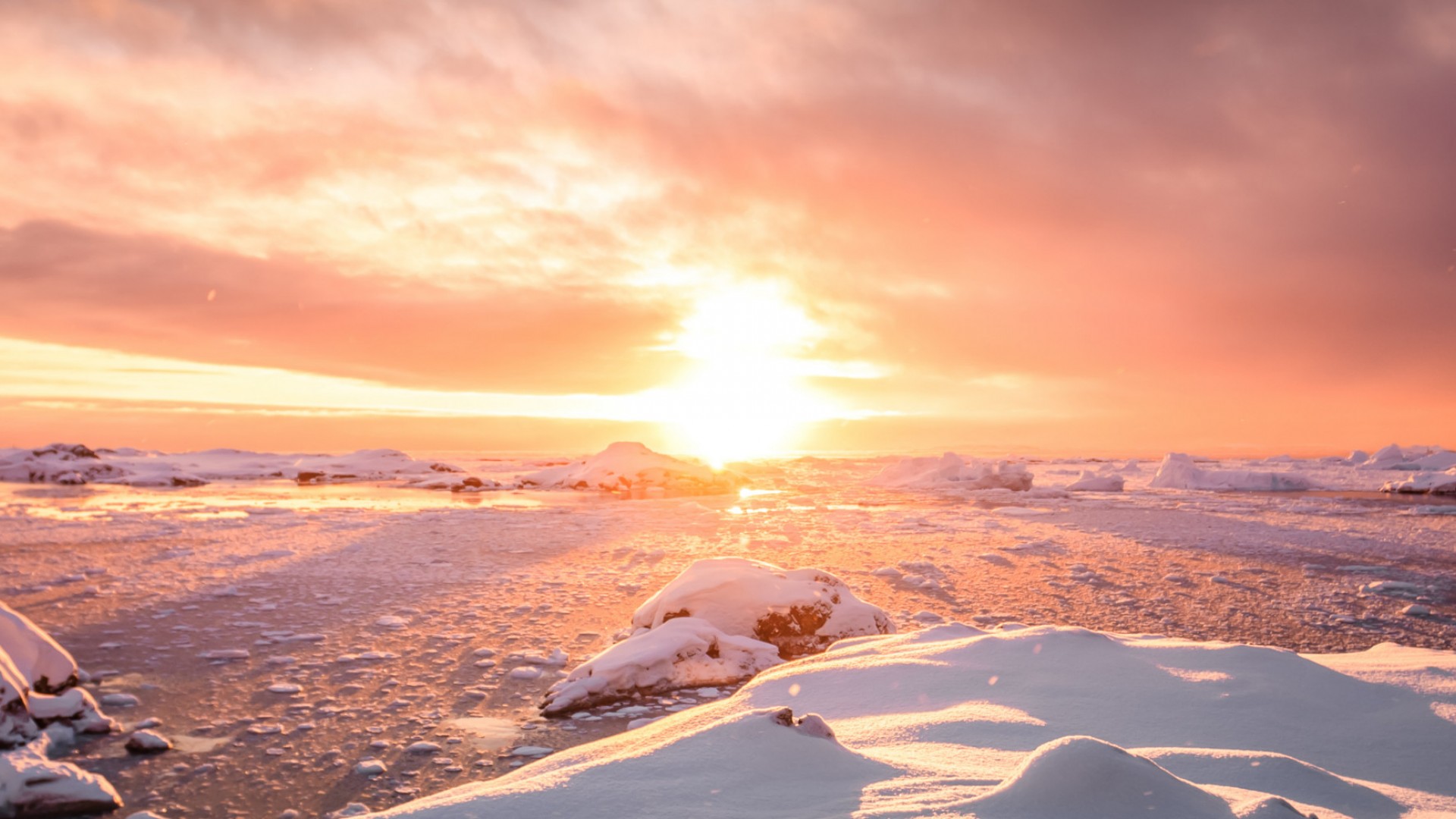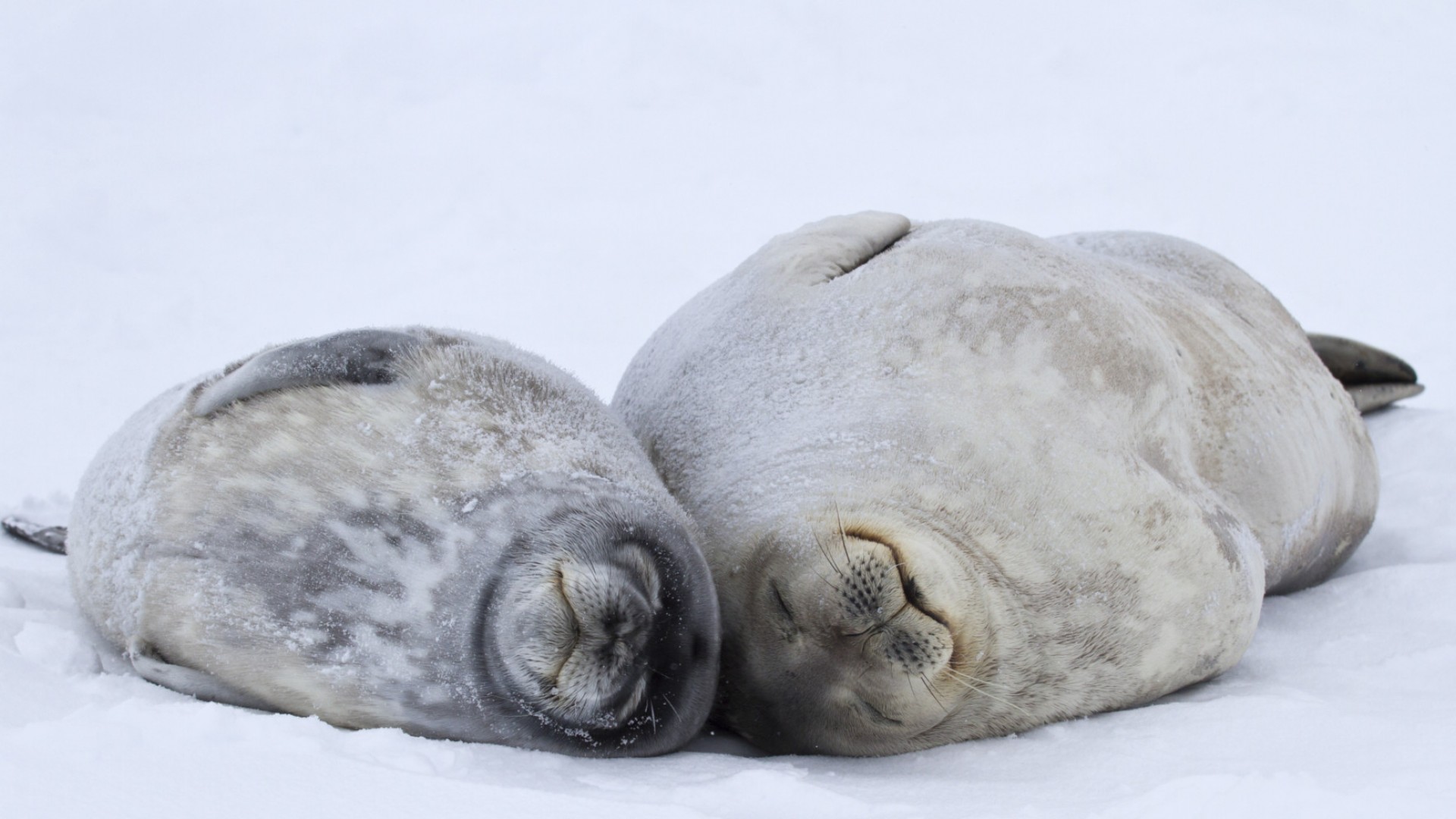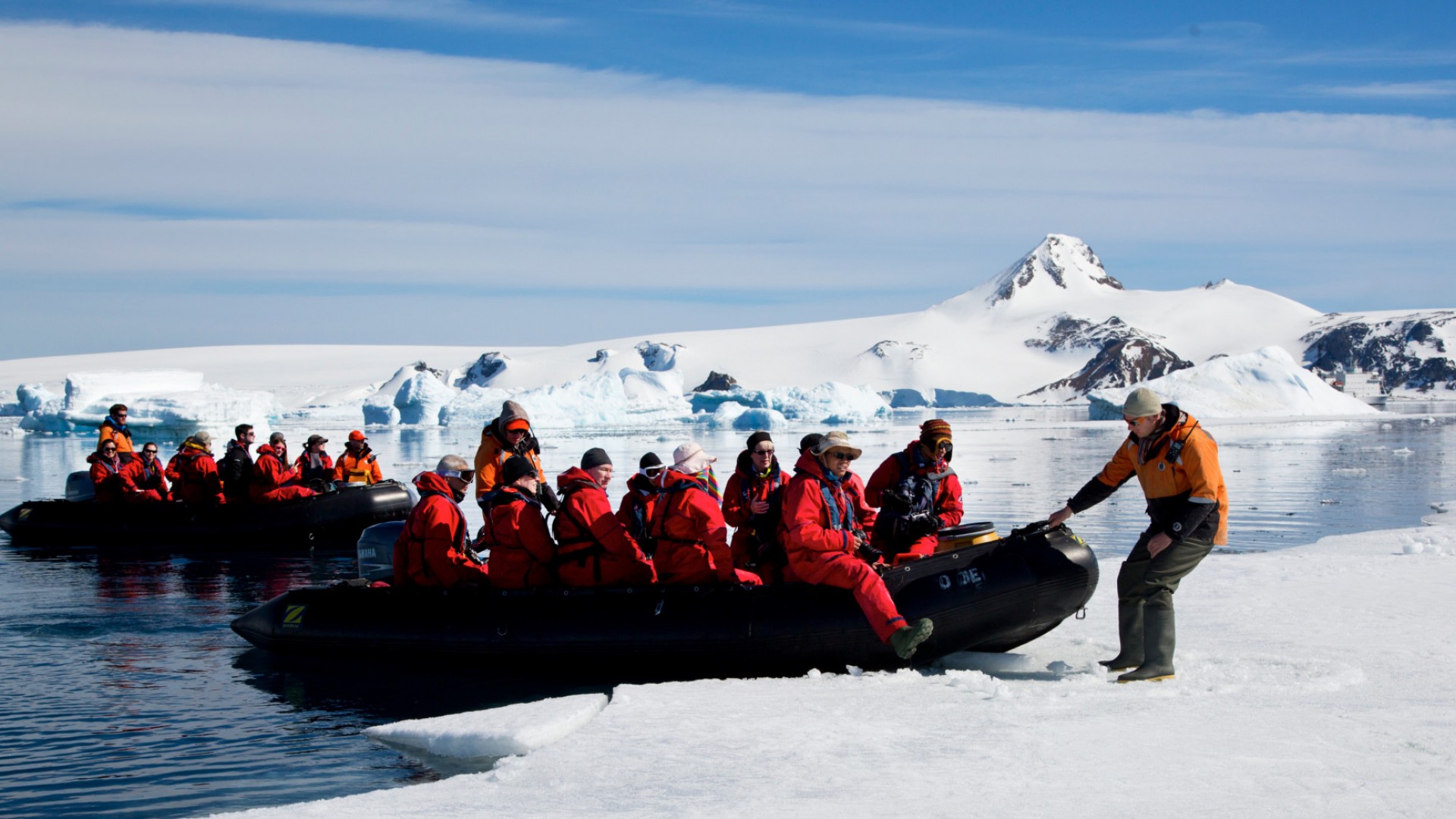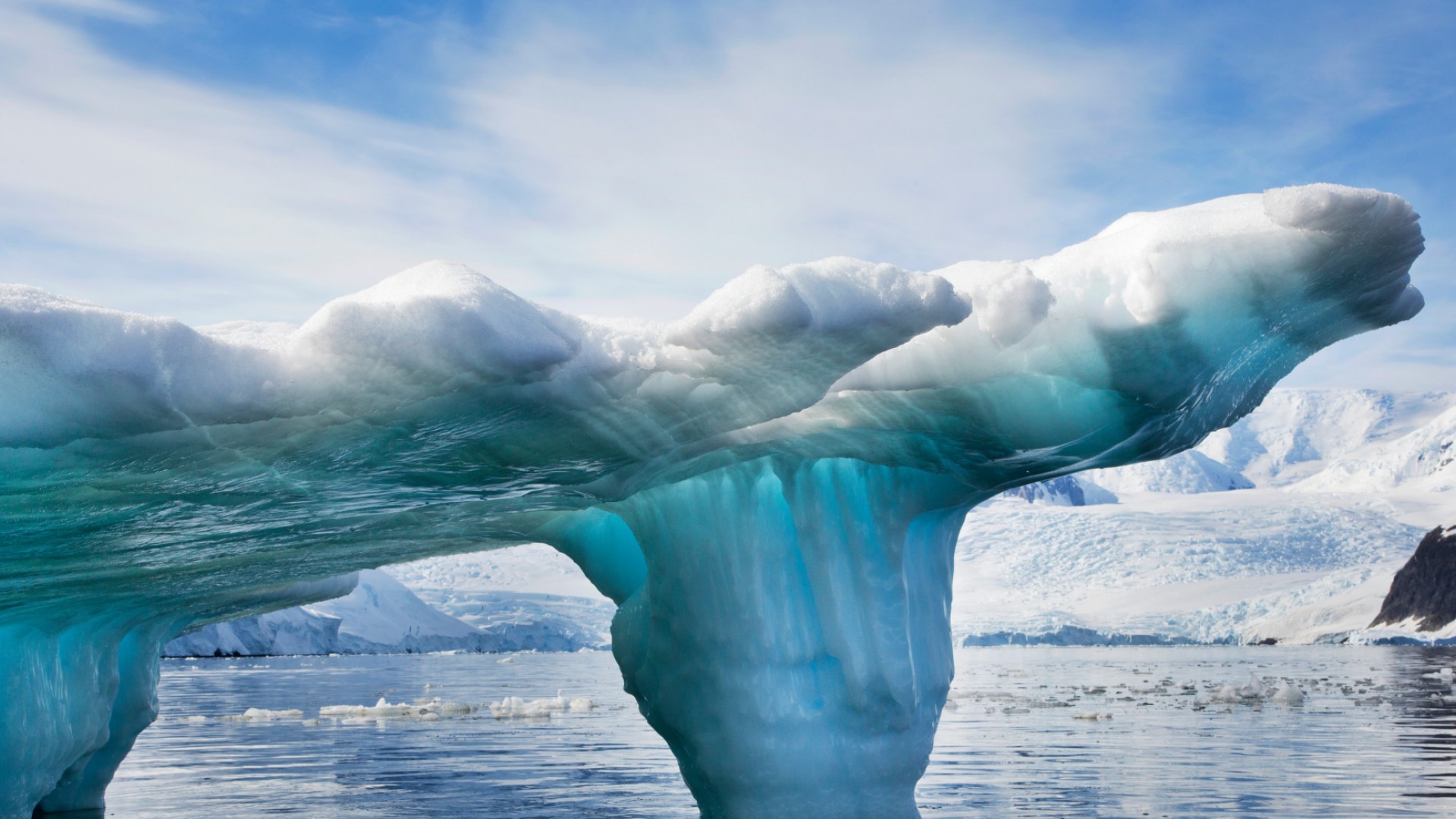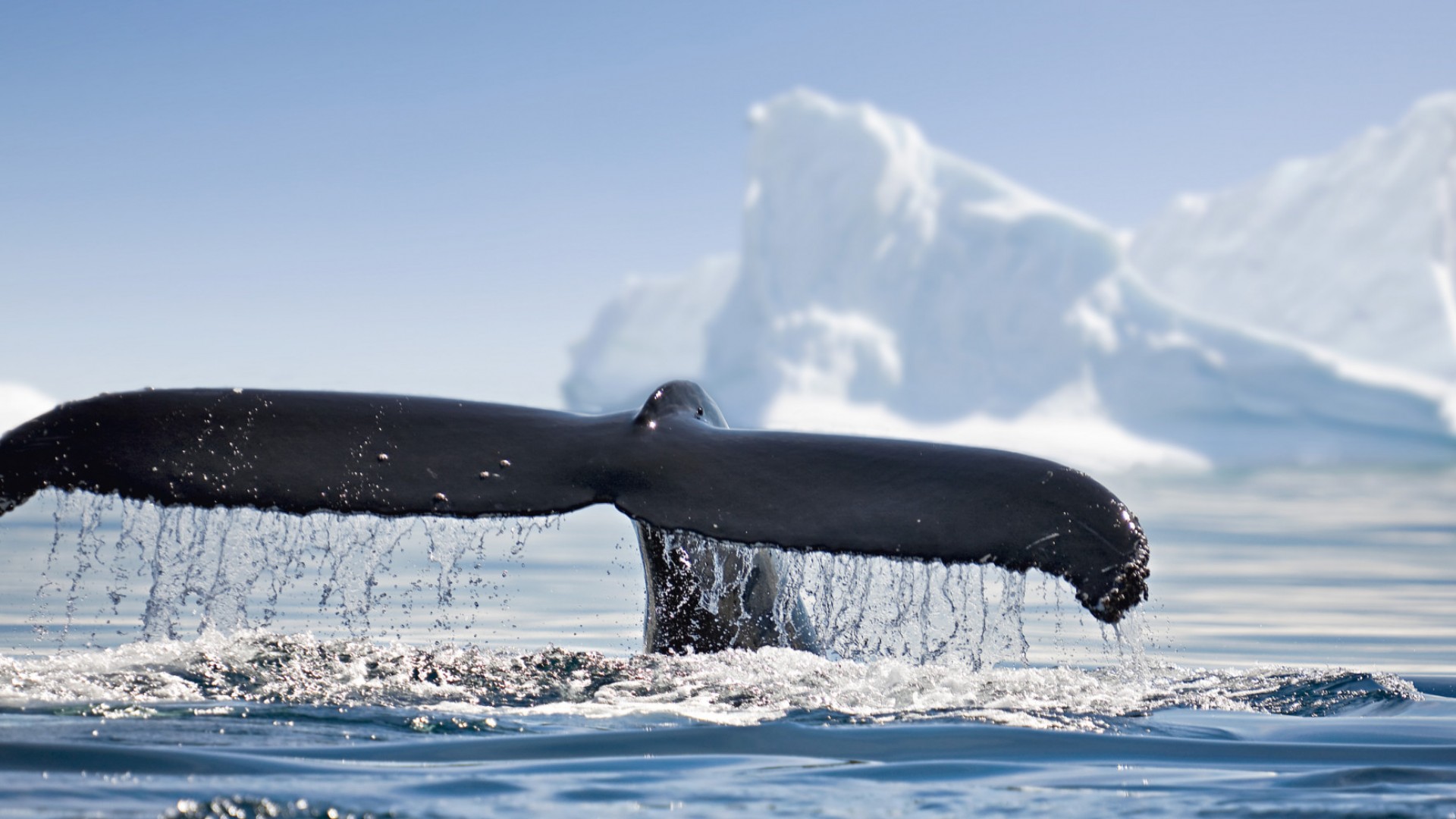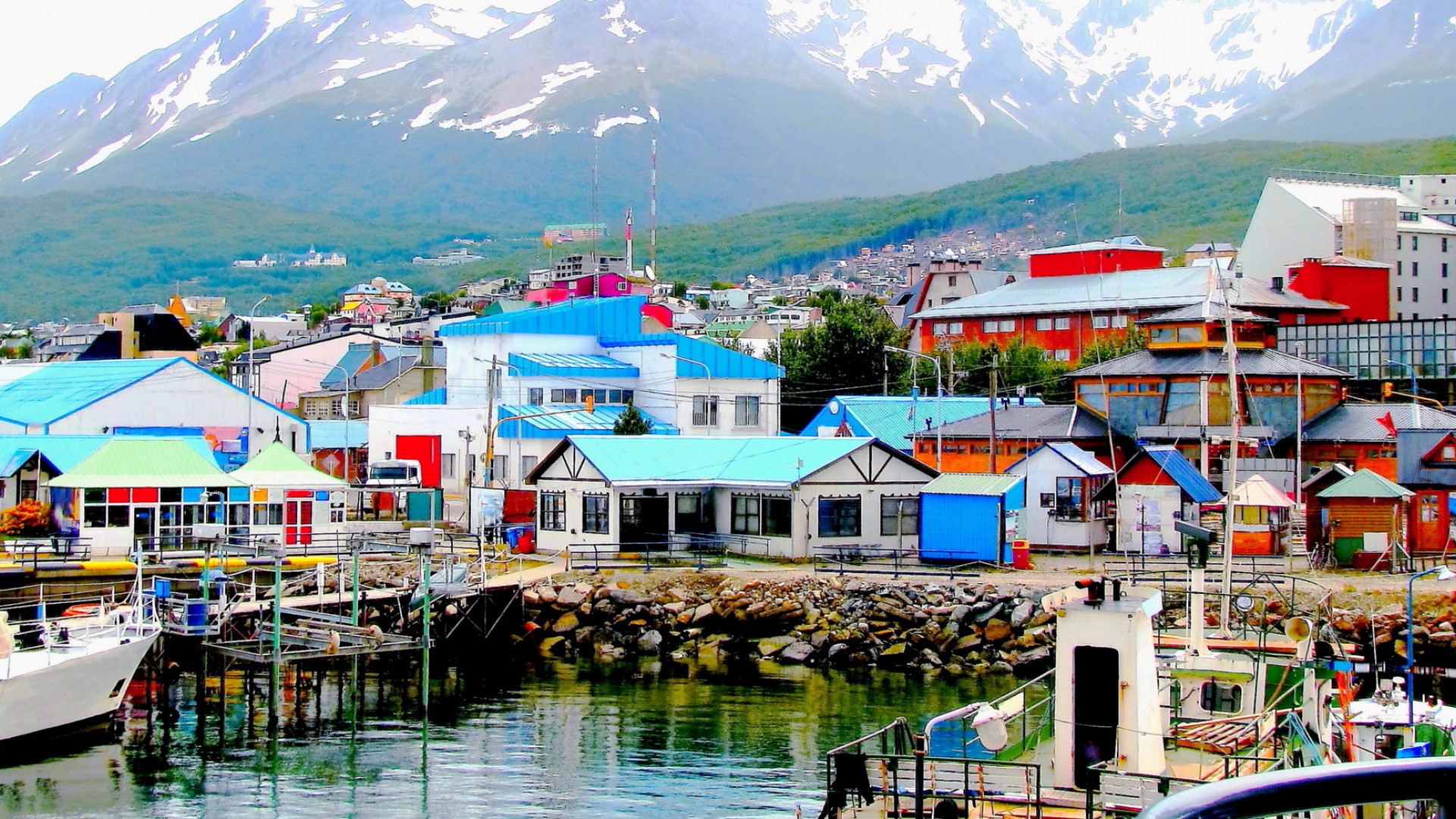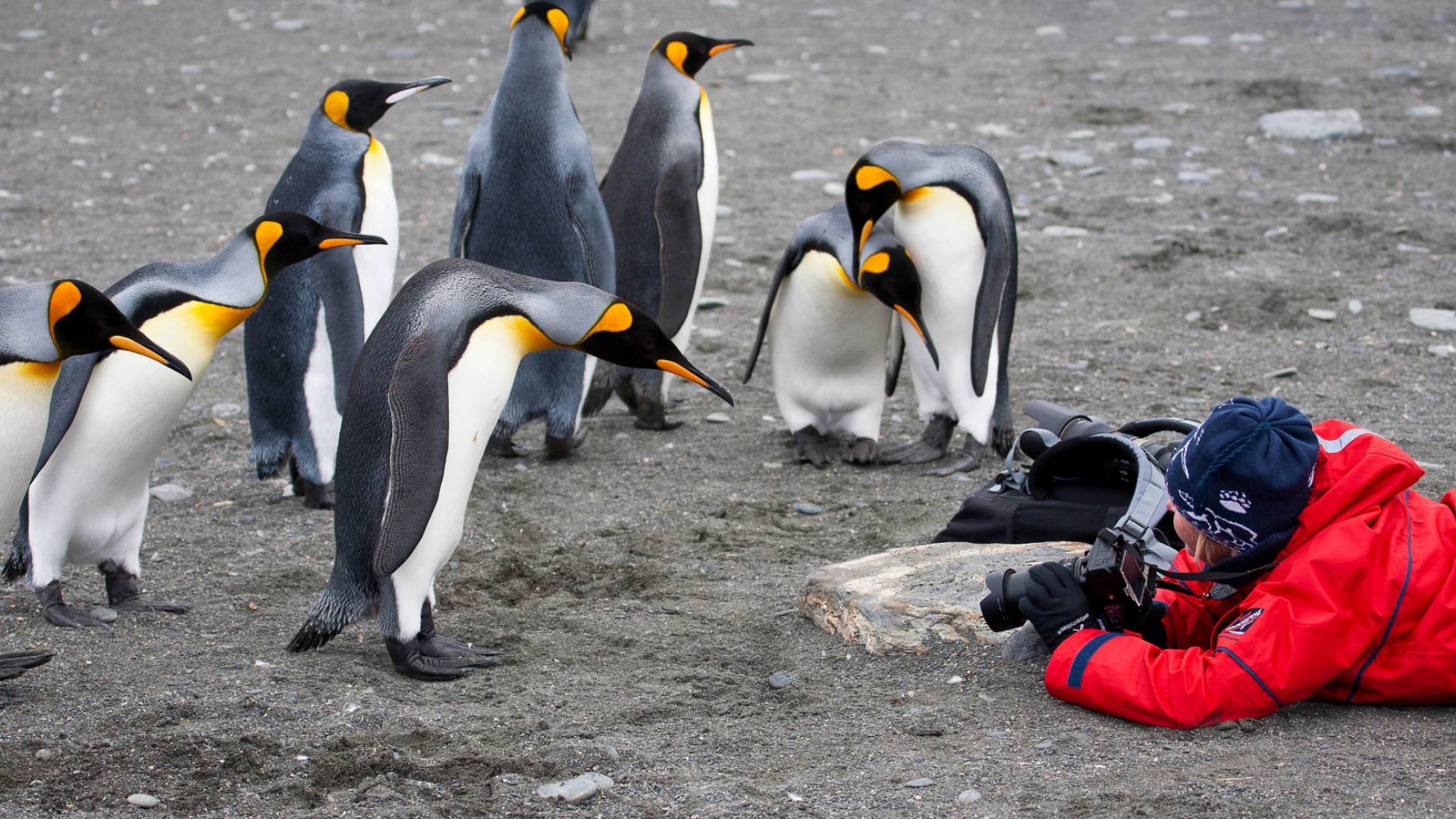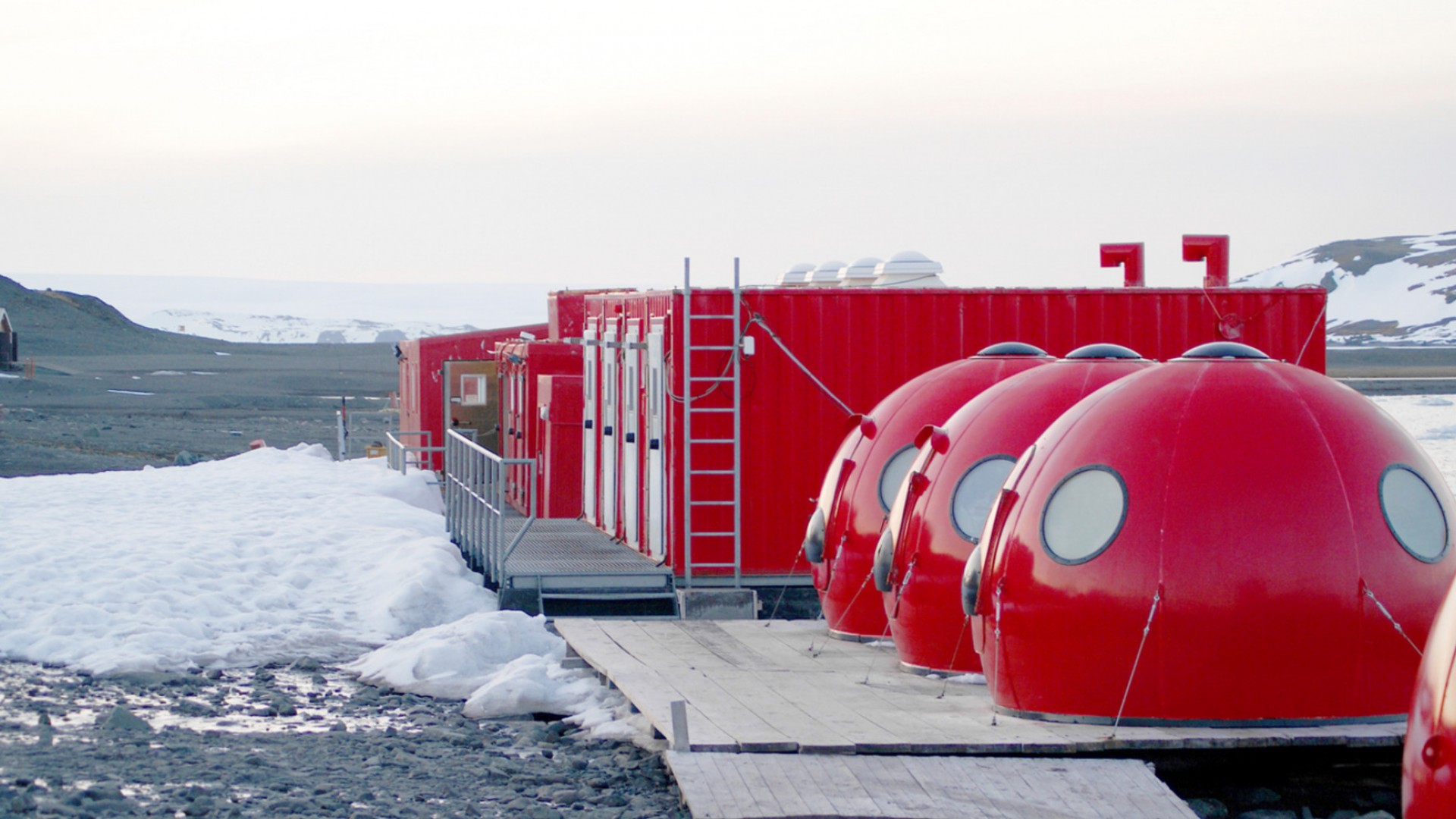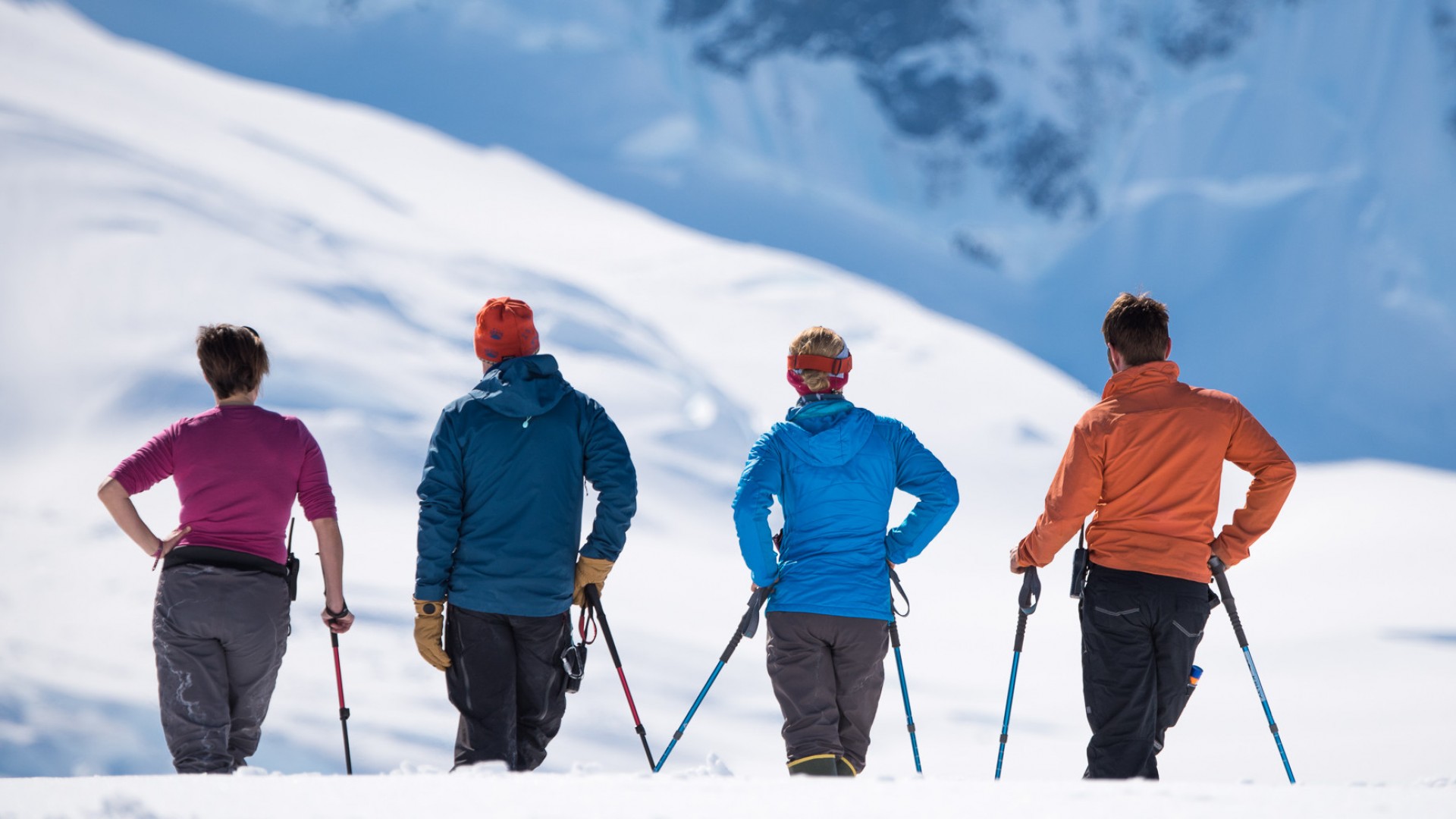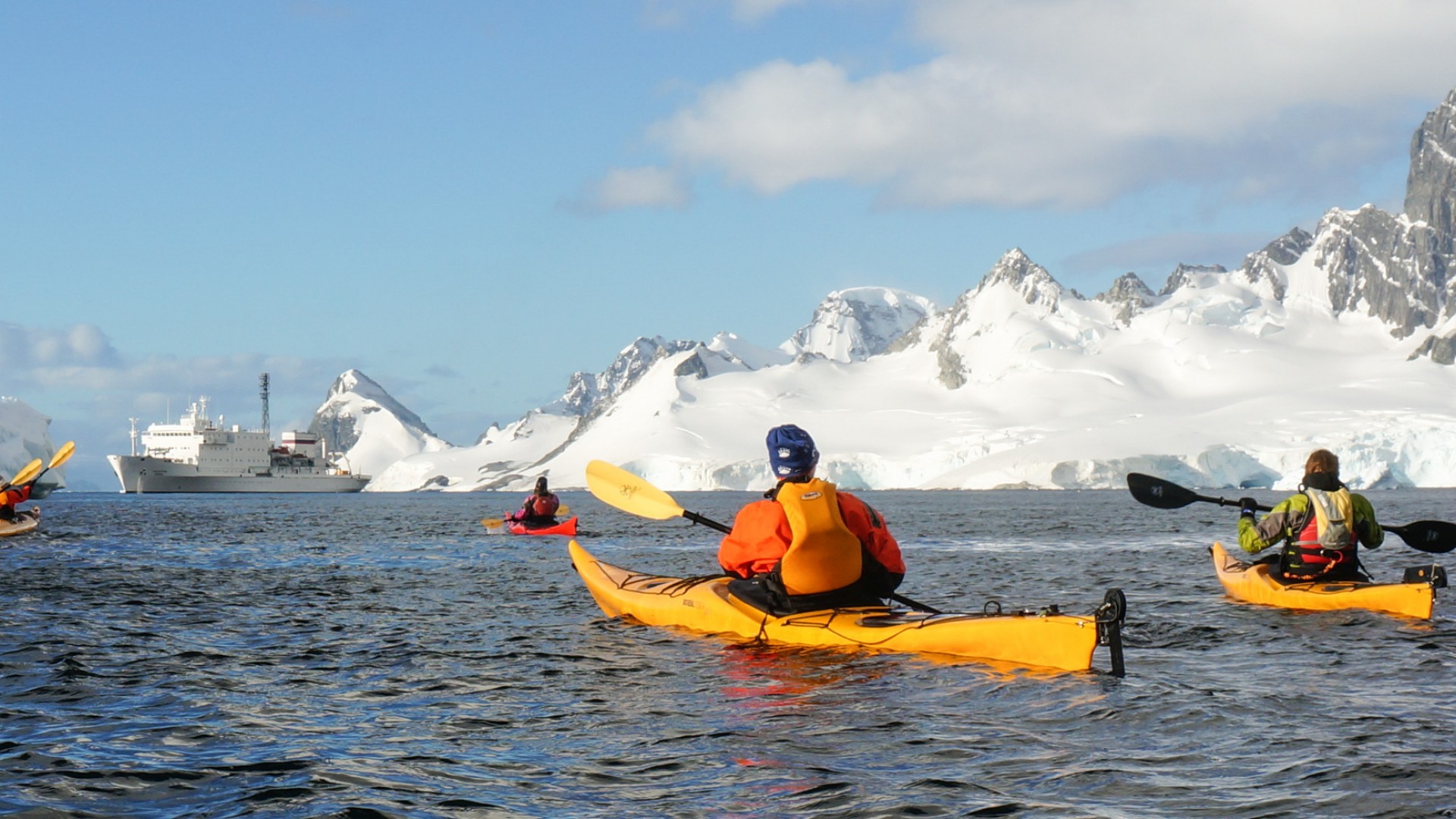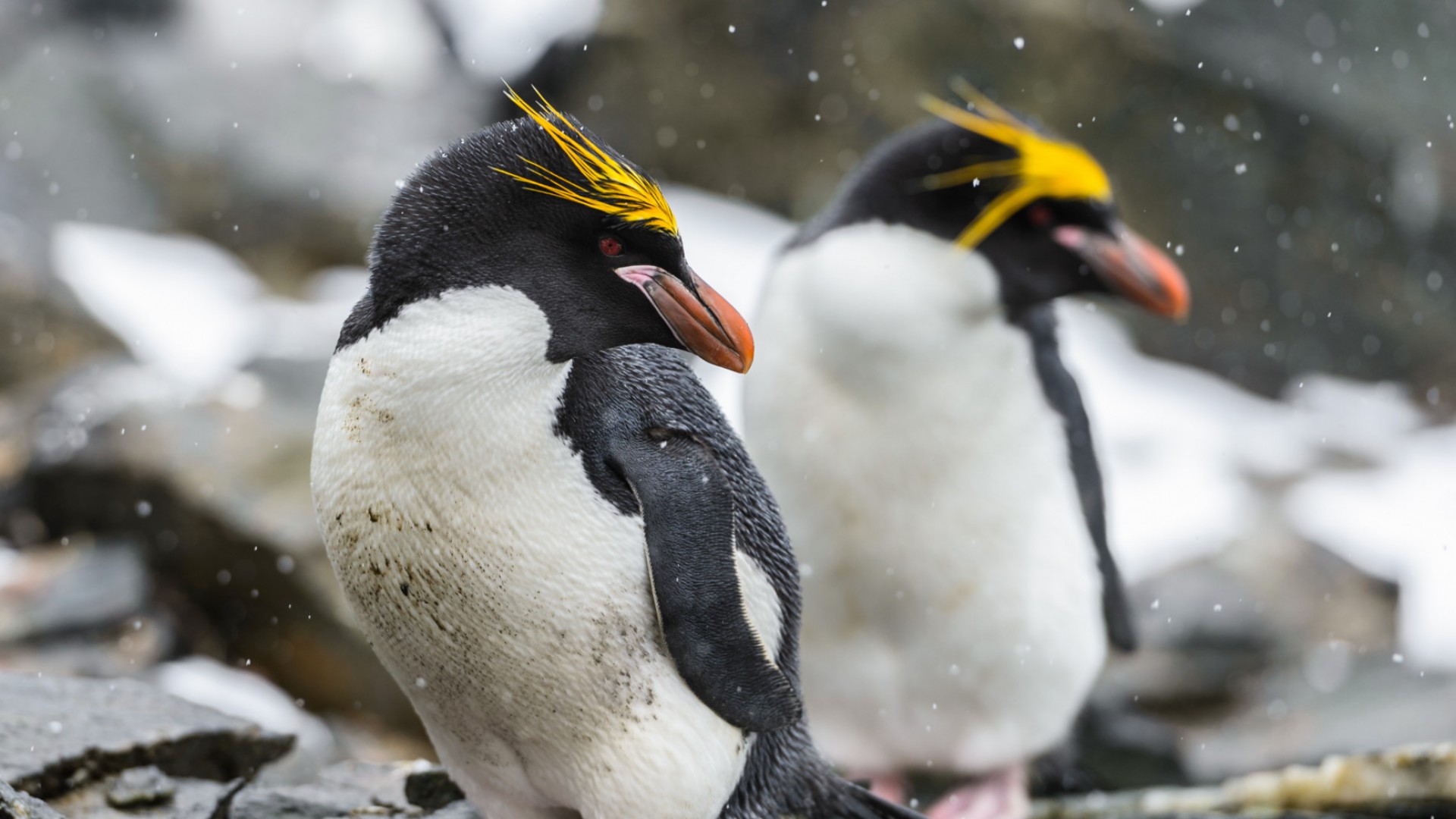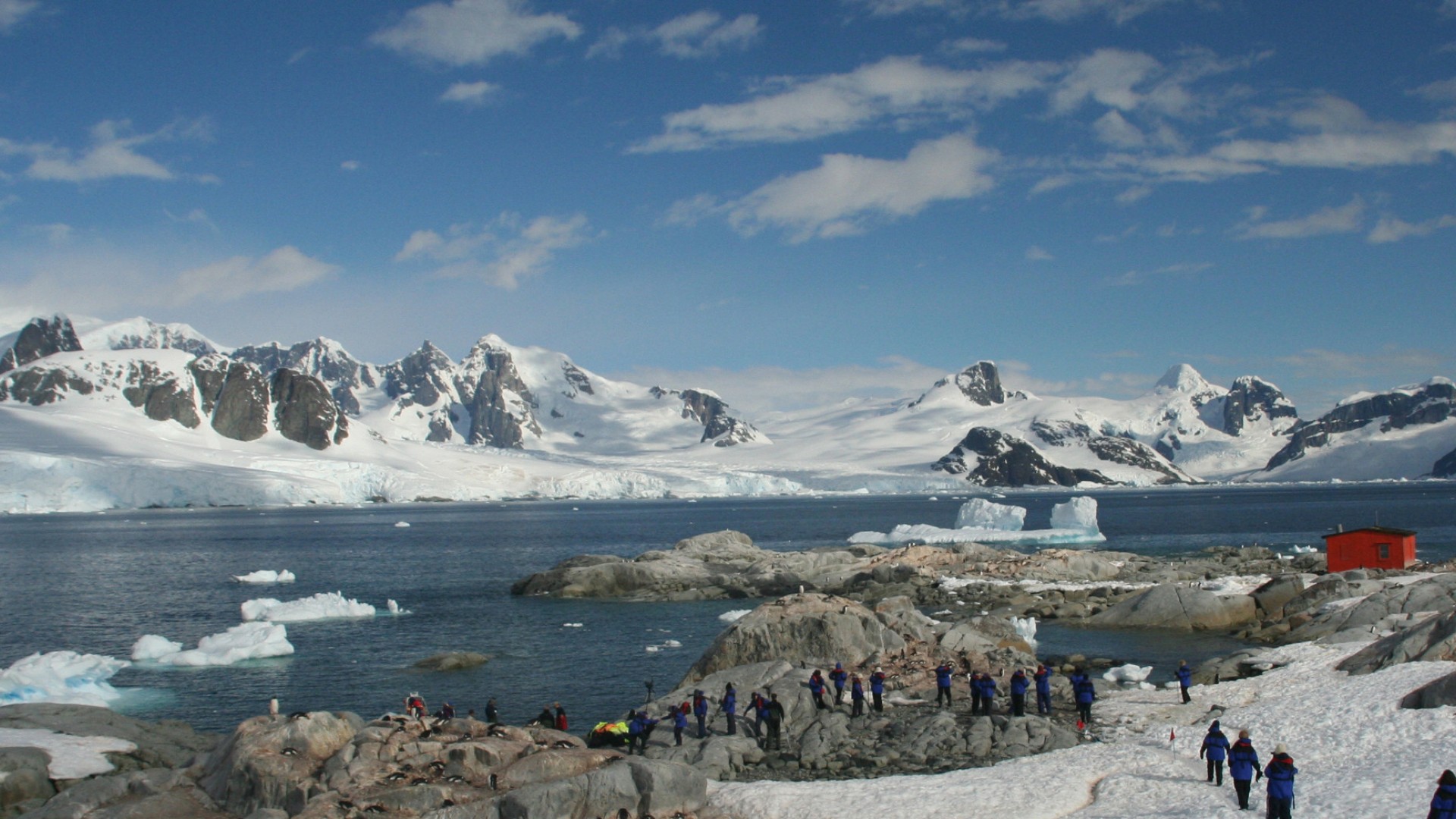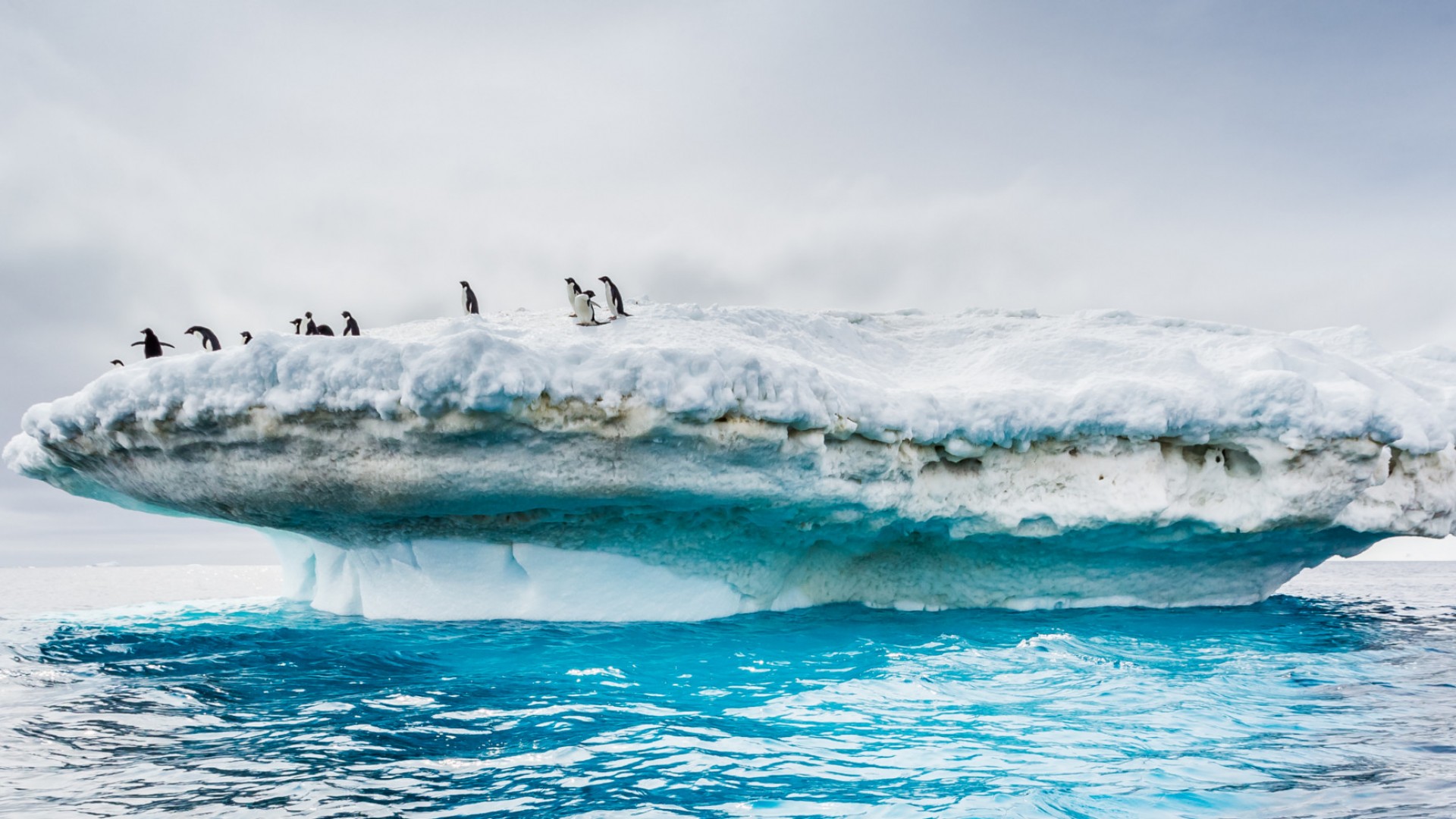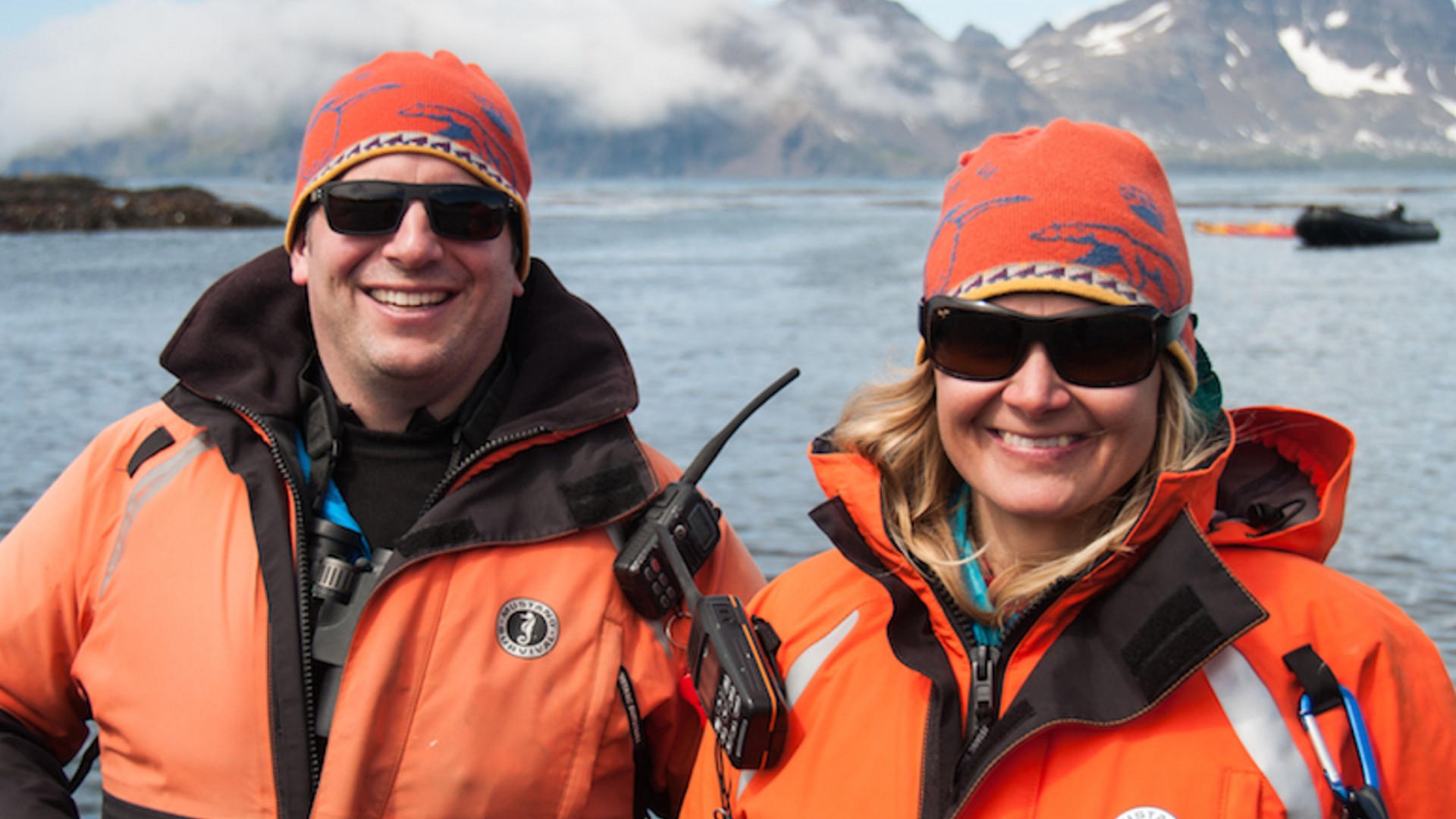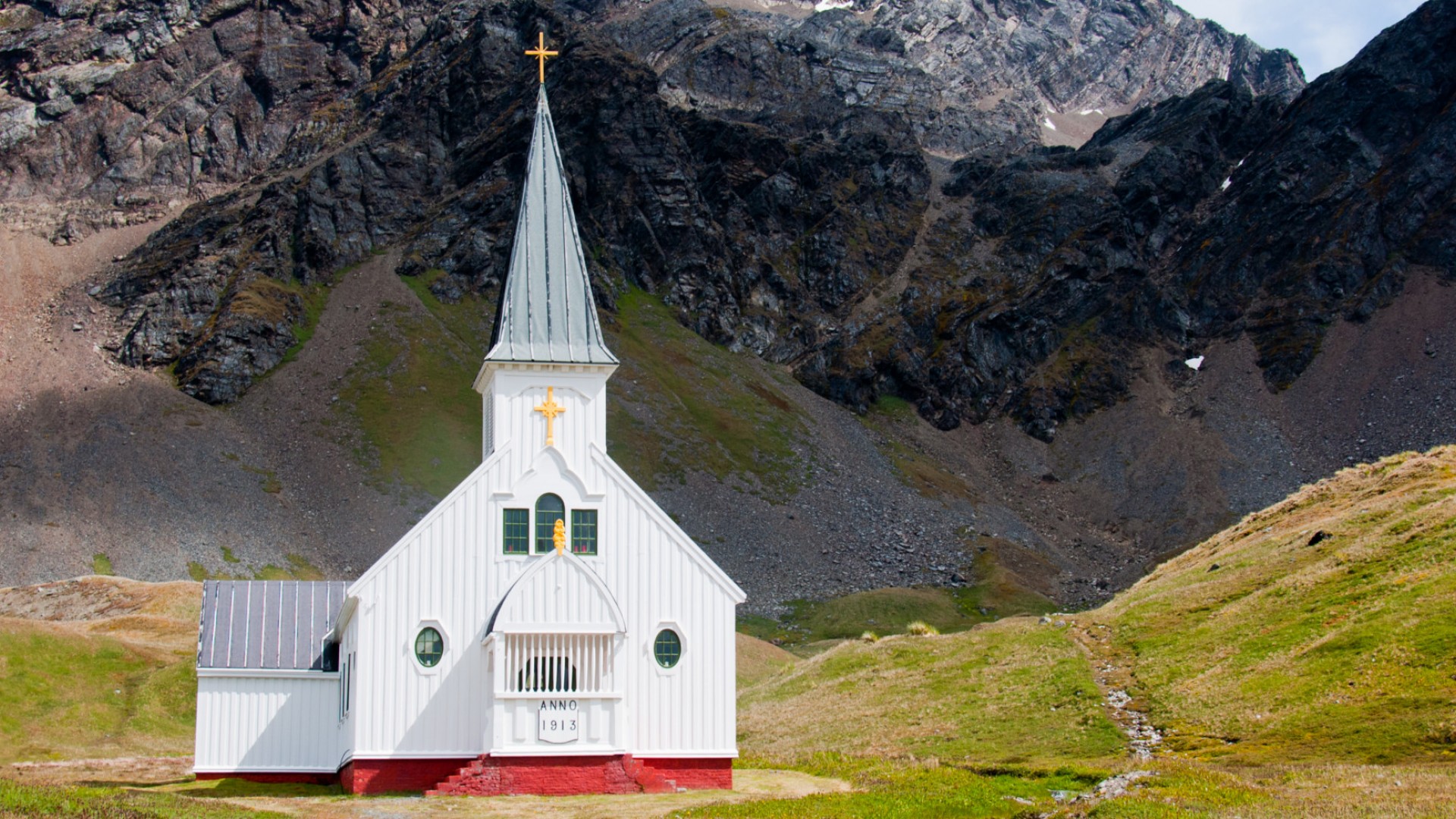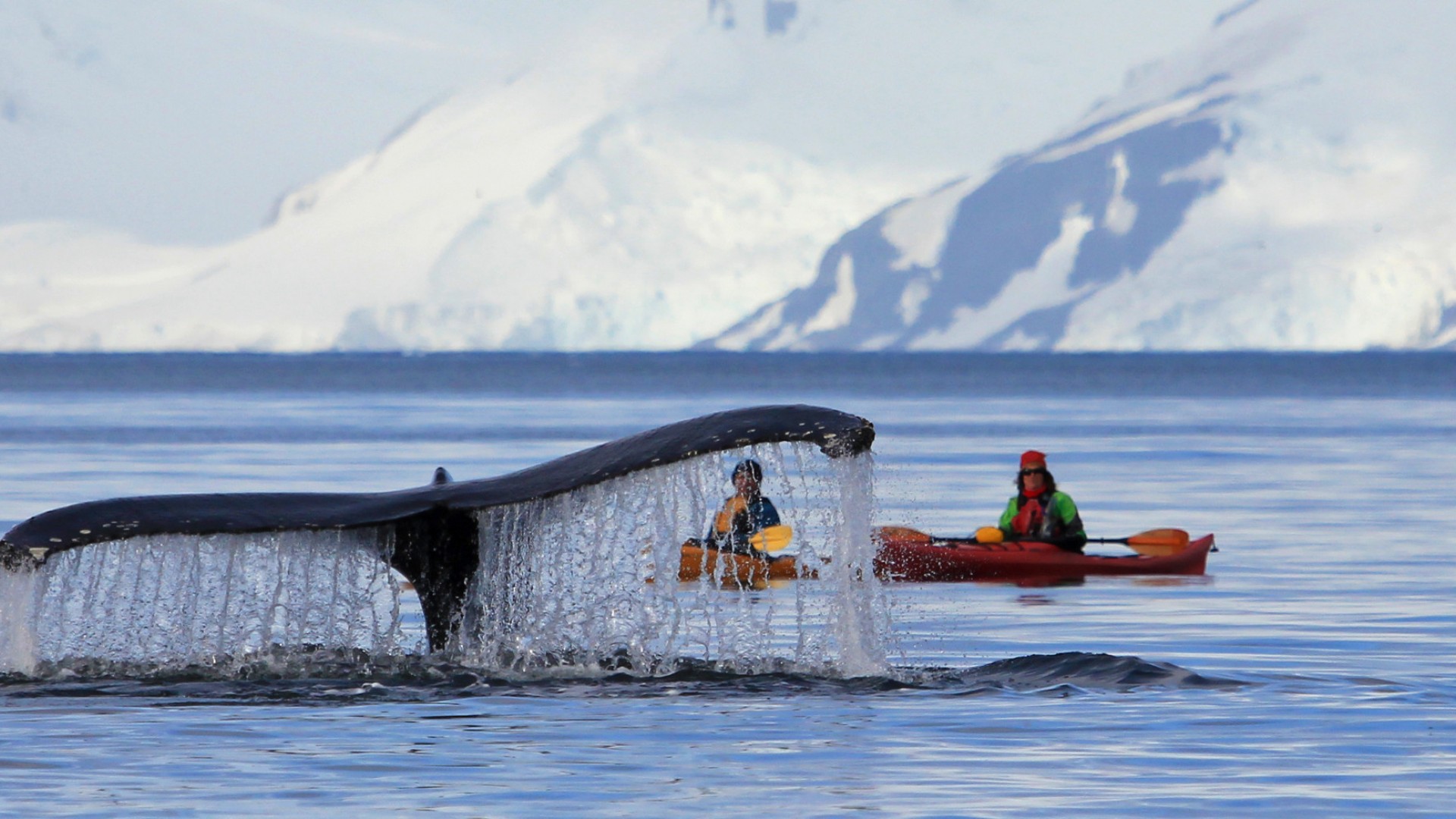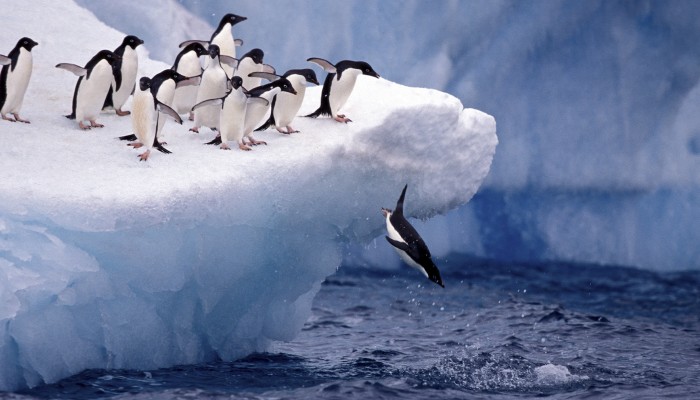Overview
Speculation of Antarctica, the “southern land,” dogged human mythologies for hundreds of years before a Russian explorer finally discovered this southernmost continent in 1820. Despite Antarctica’s initial discovery, this continental desert remained largely unexplored throughout the remainder of the nineteenth century due to its isolation and hostile climate.
Antarctica is the coldest, driest, and, on average, windiest continent on Earth. These harsh conditions prevented exploration and colonization until 1895, when Norwegian explorers launched the first confirmed expedition exploring the land.
The international Antarctic Treaty System has governed Antarctica since 1959, preventing exploitation of the land for military purposes, mining, and nuclear testing or waste disposal. The treaty encourages scientific research and protects the continent’s ecosystem.
Our Trips
Custom Tours in Antarctic
Image & Video Gallery
Related Blogs
FAQ's
Can Children Travel on Small Ships?
Yes. Although the voyages are not directed towards children, we do encourage families with children on our voyages. Please contact us for more information if you are thinking of traveling with anyone under the age of 16.
How Difficult Is It to Get In and Out of the Landing Zodiacs?
Assistance getting in and out of the Zodiacs will be offered by our staff. There are possible wet landings where you will be required to disembark the zodiac into ankle deep water - making rubber boots a necessary item.
Is there Email/Internet Access Onboard the One Ocean Expeditions Ship?
Yes, there is email access available through our satellite communication equipment for a charge.
Does Polar Unbound Accommodate Single Travelers?
A good number of our clients come alone and some purchase the single cabin option on our cruise ships. For those wishing to share, we will pair single travelers of the same gender together at no charge.
How Much Room is There for Luggage Aboard Cruise Ships?
There is storage space for empty luggage in the cabins under your bunk. Alternatively we can stow your baggage safely elsewhere on the ship. There is ample space for your clothing in cupboards and drawers in your cabin.
Should I be Concerned about Sea Sickness?
If you feel that you are particularly susceptible to seasickness, then it is a good idea to talk to your own doctor. Come armed with motion sickness tablets. There will be a doctor on board and the ship is equipped with a small treatment facility.
What is Antarctica Kayaking Like?
Antarctica kayaking is completely dependent on weather and sea conditions. A typical kayak trip ranges from 30 minutes to one hour. Our goal is to give those guests who wish to kayak an opportunity to do so at least twice during our Antarctic voyage.Do I have to have previous kayaking experience? It's best if you have had previous kayaking experience. If you don't have previous experience, then find a class or other way to kayak prior to the trip. The kayaks are covered sea kayaks, so it's also helpful if you know how to do a wet exit in the remote chance that you tip over.
How Far in Advance Should I Book My trip?
There are many travel arrangements that must be coordinated for any Antarctica trip. Space on our vessel is limited. Generally we recommend that you book four to twelve months in advance. However, space may be available closer to the departure date, so don't hesitate to check with us.
Is Polar Unbound Able to Arrange Extensions for Antarctic Tours?
We have been working with partners in the southern hemisphere since 1992, and have plenty of ideas for extending your trip whether it be hiking in Peru or snorkeling in Galapagos. Guests often combine a trip to Antarctica with a visit to Machu Picchu. Another popular destination to consider is the Easter Islands. We are passionate about travel and are eager to hear about your interests to help you plan your adventure.
Do the Cruise Ships Have Amenities?
Yes. For instance, addition to our fascinating ongoing lecture series, there is also a bar and a gift shop onboard the Sea Explorer. You can purchase wine or beer and enjoy observing the passing scenery in one of the many observation areas onboard while sailing along the Antarctic Peninsula. There is also a gift shop on board where guests can shop for gifts for family and friends. The Ocean Nova also has internet access available for purchase.
What Clothing is Provided?
We provide dry suits for the kayaks as well as water-proof boots. If you prefer to rent a parka from our ship, please let us know, and we will make sure there is one available for you.
What Kind of Clothing Will I Need?
We will provide you with a complete packing list. Here are a few tips: Bring loose, breathable layers of wool, silk or fleece as opposed to cotton polar fleece is a very popular choice. Waterproof pants are required for zodiac expeditions and kayak trips. You have the option of bringing your own parka or renting a coat on board. If you do choose to rent a parka, please let us know as soon as possible so we can reserve one for you. If you are bringing your own parka, look for one that is lightweight, roomy, and wind and weather resistant. Bright colors are more visible, so they are a safer option for use in the Polar regions. Bring a wool or polar fleece sweater. No one likes cold hands, so bring gloves to keep your hands warm and dry. We suggest wearing a polypropylene liner under gloves so your hands will be protected when you remove gloves or mittens to take photos. A wool Cap is great for protecting ears.
What is the Best Time of Year to Visit Antarctica?
November-December: Landscape photography is at its best as massive fields of icebergs have vibrant colors ranging from iridescent white to aquamarine and animals have not yet begun to move on the snowscapes. Weddel seals and southern elephant seals have begun to bask on the ice fields, penguins begin to court and nest, and orcas begin to return for the summer feeding season.
January- mid-February: This is the best time to travel to Antarctica. With around 20 hours of sunlight beaming down through January, glaciers calving and icebergs melting, Antarctica has plenty of ever-changing landscapes to bewitch you. Penguins begin to hatch late December, so this is a great time to watch the young play onshore. Whale watching is also incredible at this time, particularly in Wilhelmina Bay.
Mid-February-end-of-season: This is a great season to visit the Antarctica if you were hoping to delve further south along with receding ice. Though the days are shorter, the sunsets are amazing. Humpback whales, orcas, and minke whales are plentiful, and you may sight blue whales, sei whales, sperm whales, southern right whales, and fin whales as well.
Do I Need Any Immunizations to Travel to Antarctica?
No vaccinations are required for traveling to the polar regions of the Antarctic or Arctic. However, the Center for Disease Control and Prevention (CDC) advises that travelers should be up-to-date on routine vaccinations. The CDC also advises the following inoculations for visiting many of polar region’s gateway countries: yellow fever, hepatitis A and B, typhoid, rabies.
Please check with the CDC’s website to find out more health information pertaining to individual countries.
One other thing to note, The CDC has reported Zika outbreaks in Argentina and advises travelers to practice appropriate precautions. Check out the CDC's website for updated travel alerts, and please review our prepared Zika Virus Travel Tips on the Health & Safety dropdown menu to help you travel healthy.
Will I Need a Power Adapter for my Electronics?
Chile Power Outlets only accept rounded 3 or 2-pin plugs.
Argentina Power Outlets accept rounded 2-pin and diagonal 2-pin plugs.
How Does Currency Work There?
Antarctica itself doesn’t have any official currency. However, Punta Arenas, Chile and Ushuaia, Argentina serve as our primary gateways for our Antarctic adventures. Here’s what you need to know for these countries:
CURRENCY
Chile’s official currency is the Chilean Peso ($ or CLP) and Argentina’s official currency is the Argentinean Peso (ARG$). When traveling to either city, it’s helpful to carry local currency as well as some USD currency.
CREDIT CARDS & ATMS
Visa and Mastercard are the most widely accepted credit cards in both Chile and Argentina, though Diners Club and American Express can also be accepted. You can find ATMs throughout the cities.
TIPPING
It is customary to tip around 10-15% at restaurants in Argentina and Chile.
Do I Need a Visa or Any Other Entry Requirements?
You’ll be passing through either Punta Arenas, Chile and Ushuaia, Argentina on your way to Antarctica as these two cities serve as our primary gateways for our Antarctic adventures.
Visas are not required to gain entry into Chile or Argentina for citizens of United States, Canada, Australia, and New Zealand and most European countries if you are going to stay for 90 days or less.
You’re required to have a passport valid for the duration of your stay to enter both Chile and Argentina.
What is the Weather Like?
Antarctica is the coldest of Earth’s continents—far colder even than its polar opposite, the Arctic. In summer the warmest it can get is nearly 60 °F, while in the winter the temperature can drop to as cold as -128 °F.
Three primary reasons cause the difference in temperature between the two poles: first of all, much of Antarctica is nearly 10,000 feet above sea level; secondly, the Arctic is almost completely covered by the Arctic Ocean, and the ocean’s relative warmth transfers through the ice, preventing the extreme temperatures of Antarctica from occurring in its northern counterpart; thirdly, the Earth is closer to the sun during an Arctic winter and further from the sun during an Antarctic winter. This orbital difference makes the Antarctic the more extreme of the two poles. With the Earth physically closer to the sun during an Arctic winter, it also makes an Antarctic summer moderately warmer than an Arctic summer.
Beyond its chilly temperatures, the continent is a frozen desert that receives little precipitation. The South Pole itself receives less than four inches of precipitation per year. Precipitation is much more common along the coast, where as much as 48 inches of snow in 48 hours has been recorded. Katabatic winds are also common along the coast. Though mostly moderate, these winds can reach hurricane intensities.
Because of its higher elevation, eastern Antarctica is much colder than the western half of the continent. The mountains prevent weather fronts from penetrating deep into the continent, leaving its interior cold and dry. Due to its southern latitude, constant periods of either darkness or sunlight creates highly unusual climates for humans. Sunburn is a problem throughout the year due to the ice reflecting much of the sun’s ultraviolet light.


